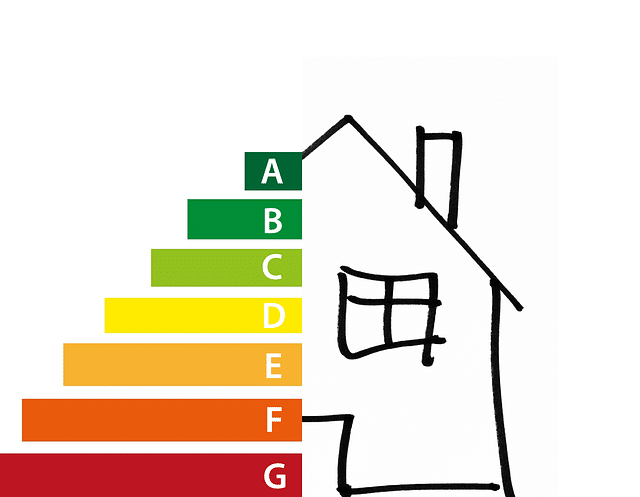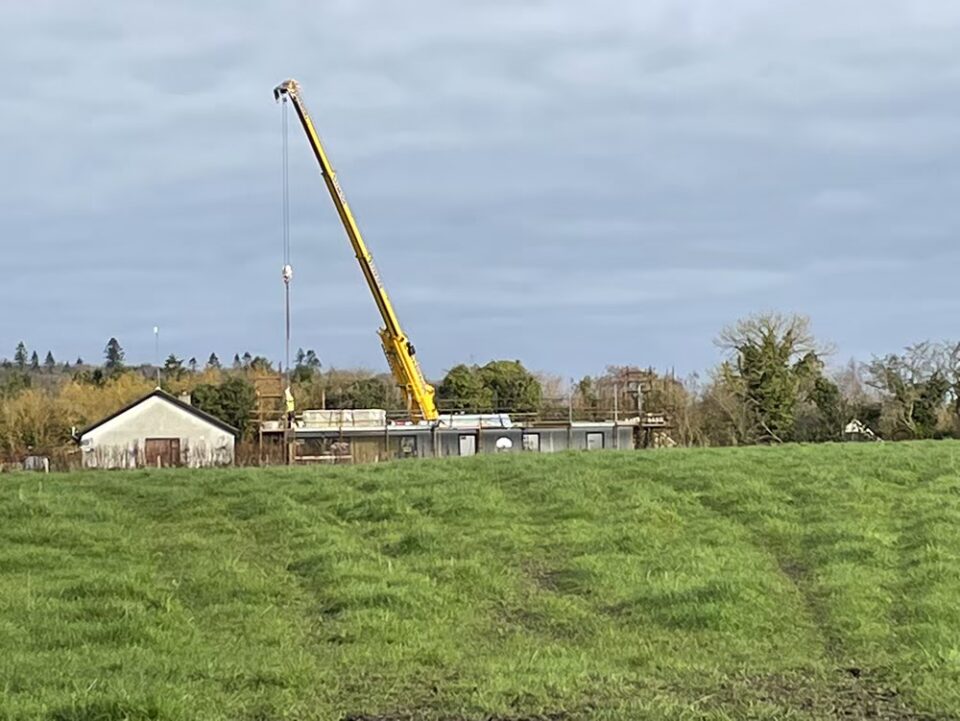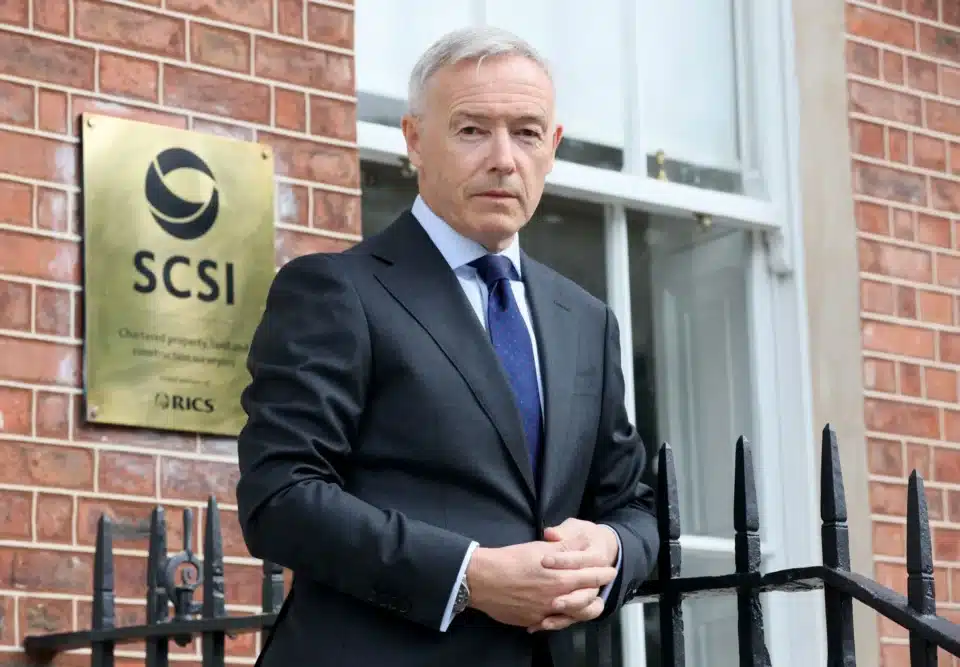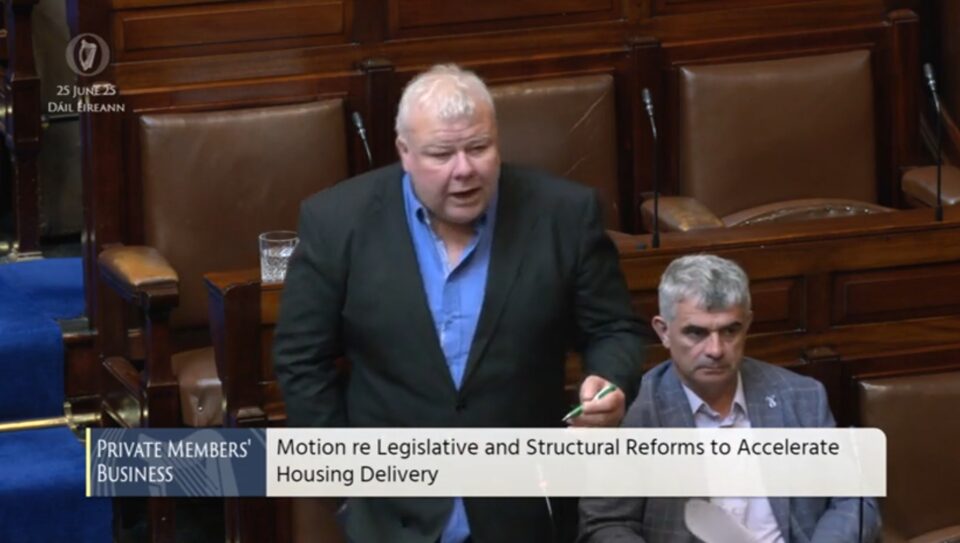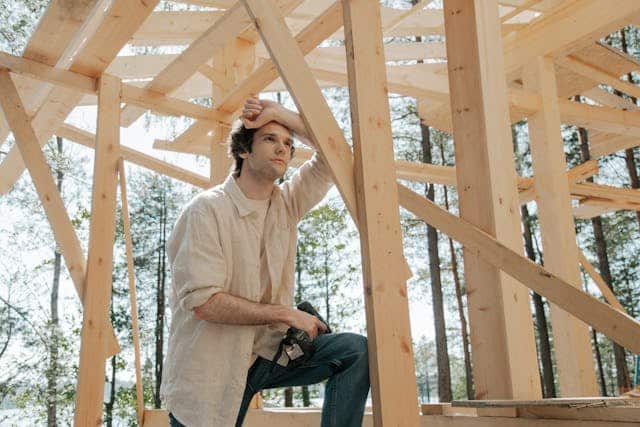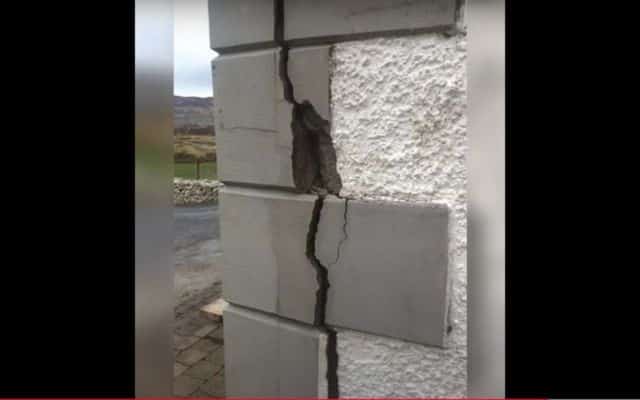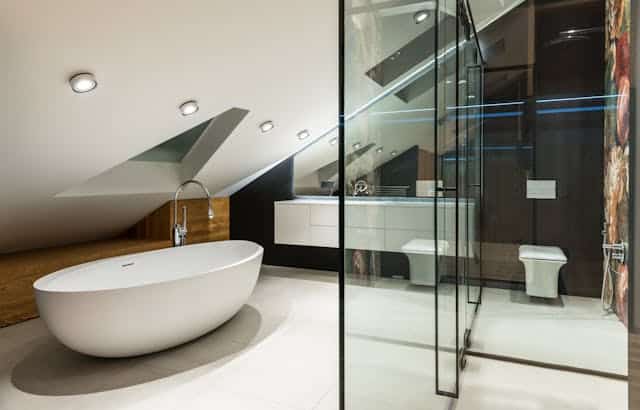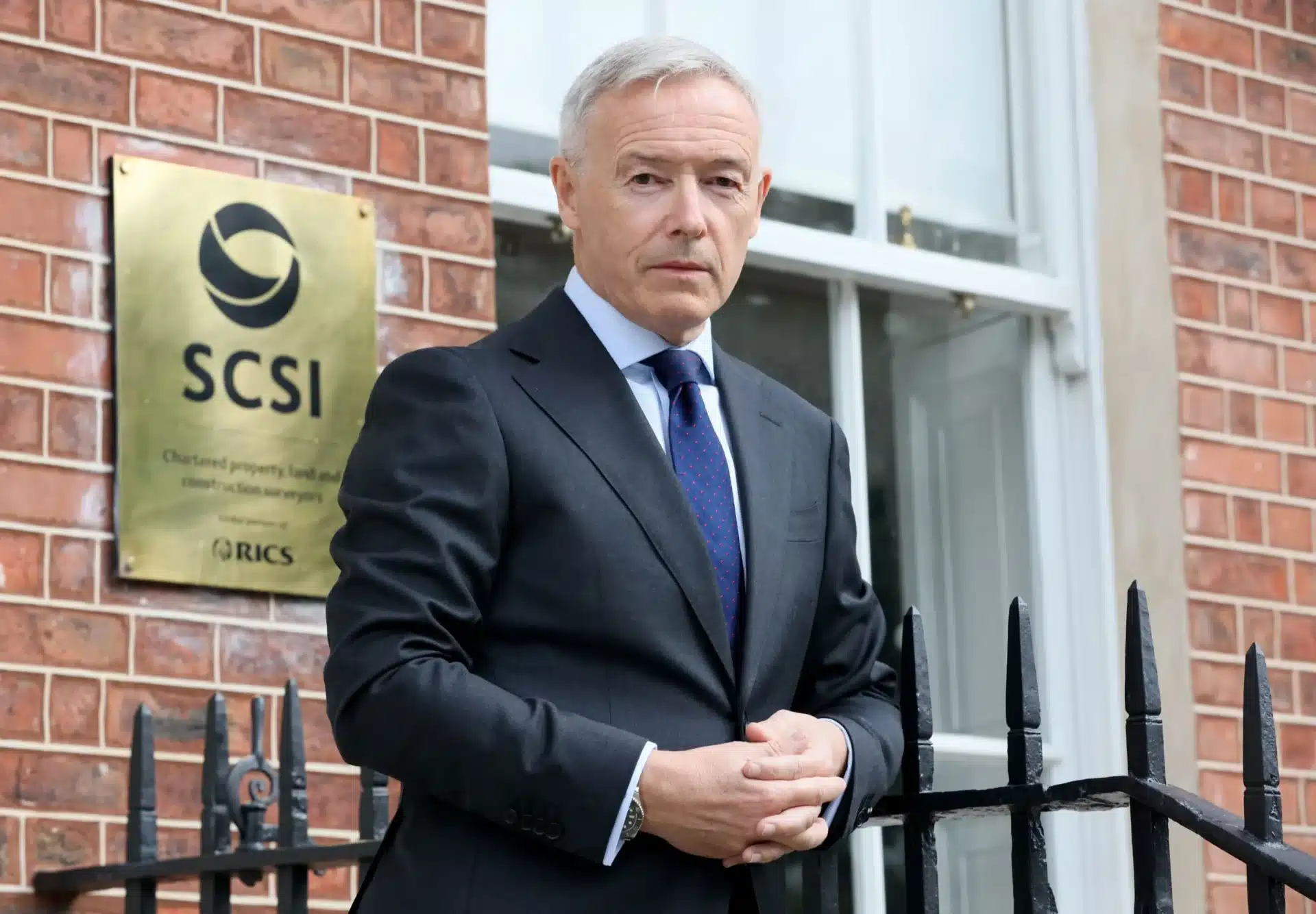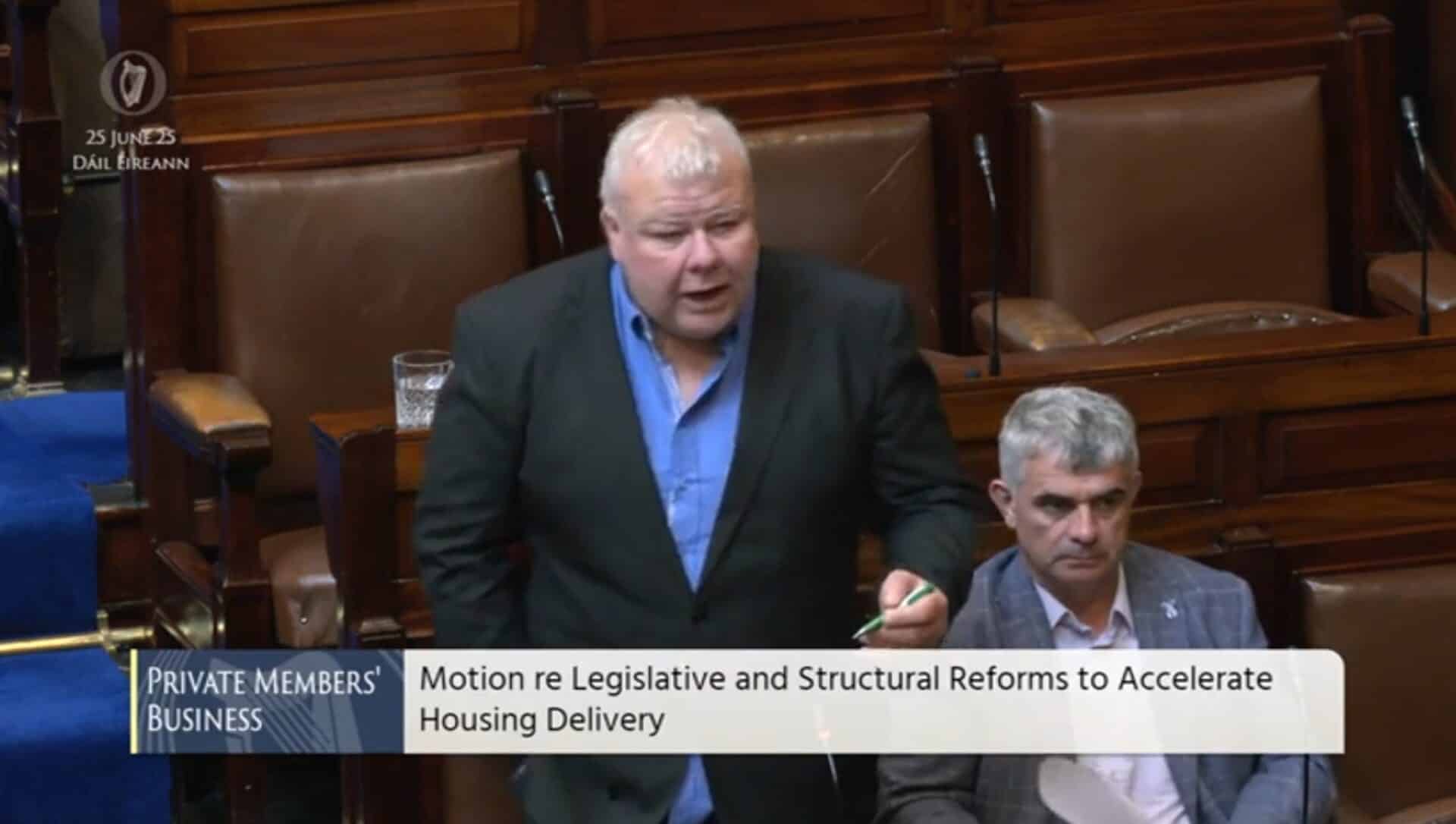In this article we cover:
- What is the concrete levy
- What’s the exemption
- Why the levy is controversial
- How it works and how it’s taxed
- What happens if you buy products across the border
Precast products will not be subject to the 5 per cent Defective Concrete Products Levy (DCPL) introduced in September 2023, announced ROI Minister for Finance Michael McGrath.
The DCPL will continue to apply to concrete blocks and pouring concrete for use other than in precast products.
The levy came into effect on 1 September 2023 and applies at a rate of 5 per cent to pouring concrete and concrete blocks under two harmonised EU standards.
Minister McGrath said the Finance Bill will exclude the value of pouring concrete used in precast products from the scope of the levy. “This will come into effect on 1 January 2024 and a refund scheme will apply for the interim period to the end of 2023,” he said.
Explaining the move, he added: “It has become clear that the manner in which the levy impacts on the sale of certain precast products has a potentially negative impact on the export of these products and competition from suppliers in to the jurisdiction.”
Controversial
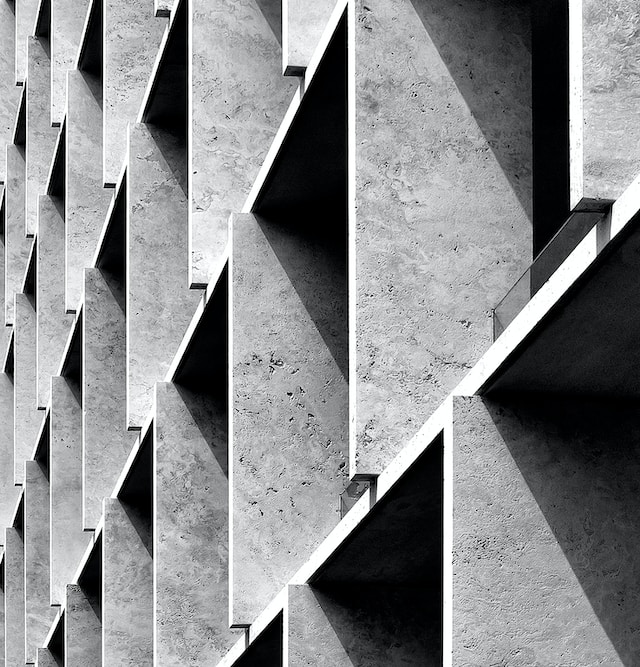
The Society of Chartered Surveyors Ireland (SCSI)’s budget submission described the DCPL in general as “counterproductive” adding that “the levy will undoubtedly contribute to higher construction costs”.
This, “at a time when it should be doing everything possible to drive down costs and increase the output of new homes”.
The ROI government introduced the levy following the publication of the defective concrete products redress scheme.
The SCSI’s submission also recommended scrapping local authority fees and development levies permanently, stating that “while the removal of development levies and Uisce Eireann connection costs until March 2024 is a positive, there are still significant delays with electricity and water connections that are hindering the completion of projects”.
How the levy works
The tax on concrete products applies to ‘first supply’ only. That means it can only be charged once for the same product. It also means that in most cases the company that sells concrete products pays the levy to Revenue.
The levy is charged at the point of first supply in the State, so ensuring that all liable concrete and concrete products manufactured and/or used in ROI will be liable.
The levy is applied to the Open Market Value of the concrete product on the date of its first supply.
If a self-builder plans to buy a concrete product outside the state, e.g. in NI, and plans to use it in ROI, that person will have to pay the levy to Revenue directly.
The Revenue Commissioners is responsible for the operation of the levy and the first filing date for returns is the 23rd January 2024.


